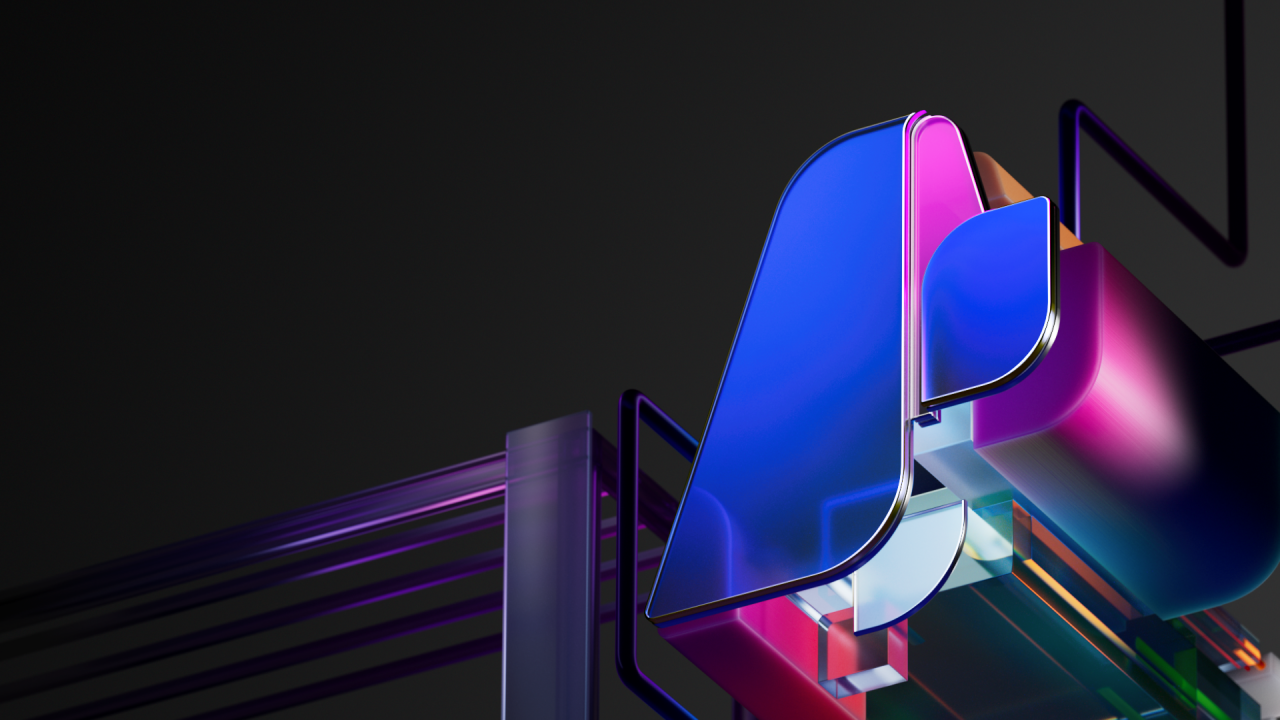1. GPT-4 for Advanced Language Processing
Features: Supports text generation, summarization, and dialogue creation with enhanced coherence.
Use Case: Build intelligent chatbots and virtual assistants for customer support.
Integration: Connect with Azure OpenAI API for seamless deployment.
2. DALL·E 3 for Image Generation
Features: Generates high-quality images from text prompts.
Use Case: Create marketing materials and design prototypes.
Integration: Use Azure Cognitive Services for deployment.
3. Whisper for Speech Recognition
Features: Converts speech to text with multilingual support.
Use Case: Develop transcription services and voice assistants.
Integration: Deploy using Azure Speech Service.
4. Codex for Code Generation
Features: Generates code snippets and assists with debugging.
Use Case: Enhance development workflows with automated coding.
Integration: Connect with Azure Machine Learning Studio.
5. Florence for Visual Understanding
Features: Analyzes and interprets visual content.
Use Case: Power image recognition systems and automated tagging.
Integration: Utilize Azure Computer Vision API.
6. BioGPT for Biomedical Text Analysis
Features: Processes medical texts for research and diagnostics.
Use Case: Support medical professionals with research insights.
Integration: Deploy via Azure Healthcare APIs.
7. CLIP for Multimodal Learning
Features: Connects images and text for joint understanding.
Use Case: Enable content-based image retrieval systems.
Integration: Use with Azure AI Vision and Azure OpenAI.
8. Turing Bletchley for Multilingual Tasks
Features: Supports translations and multilingual content processing.
Use Case: Develop global customer service chatbots.
Integration: Use Azure Translator service.
9. DeepSpeed for Model Training Optimization
Features: Optimizes large-scale model training.
Use Case: Accelerate AI model training for research projects.
Integration: Use within Azure Machine Learning Pipelines.
10. ResNet 152 for Image Classification
Features: Provides high-accuracy image classification.
Use Case: Enhance security with facial recognition systems.
Integration: Utilize Azure Computer Vision and Custom Vision.
Best Practices for Integrating Azure AI Foundry Models
-Use Model Containers: Deploy models with Docker containers for portability.
-Automate Workflows: Leverage Azure Pipelines for continuous integration and delivery.
-Ensure Security: Use Azure Key Vault to manage secrets and credentials.
-Monitor Performance: Enable Azure Monitor for real-time insights.
Conclusion
Azure AI Foundry's new models provide businesses with powerful tools for creating innovative AI solutions. From natural language processing to computer vision and multimodal learning, these models are designed for diverse applications. By integrating them with Azure's cloud-native services, developers can accelerate AI adoption and drive business transformation.

